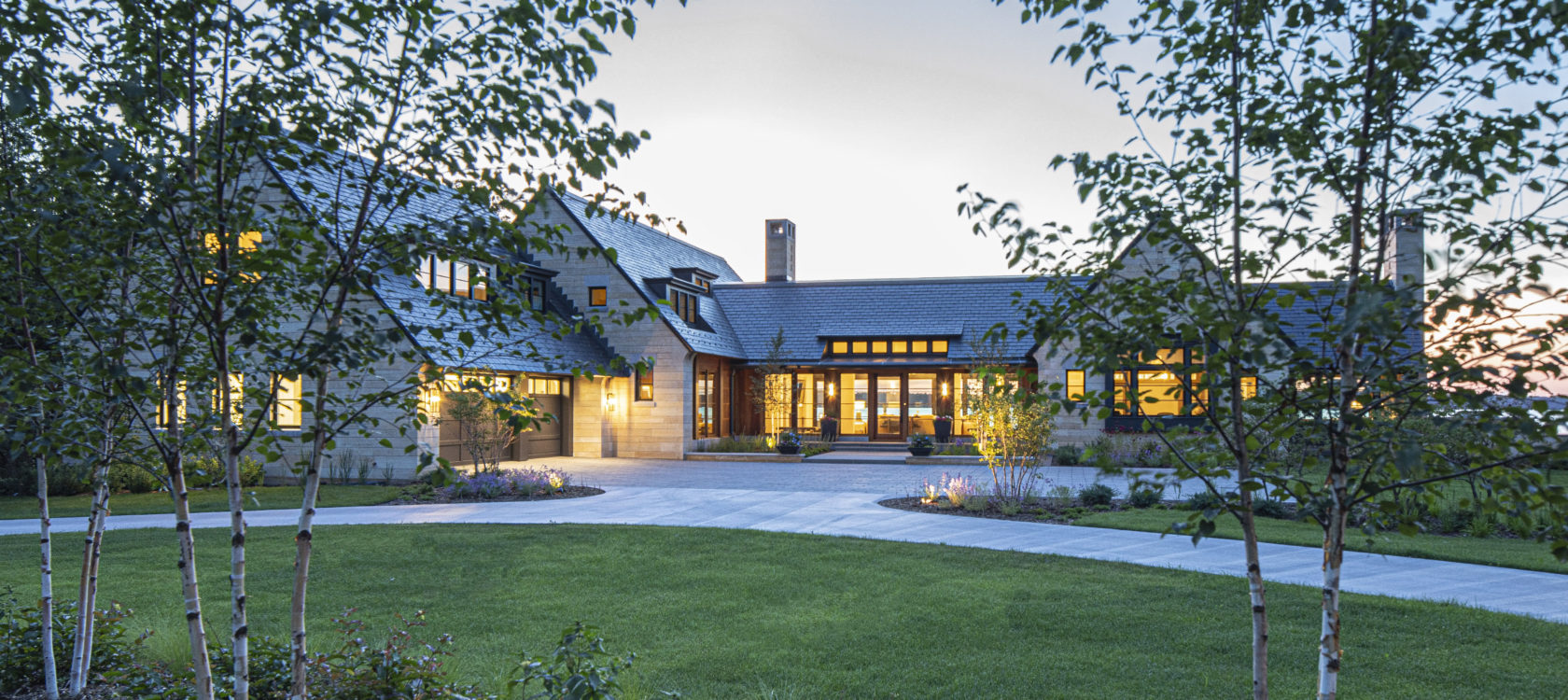One of the world’s few industries that is truly global in every sense of the word is architecture. Top employers like Gensler, IBI Group, Perkins + Will and Sweco employ architects in dozens of countries.
The international nature of the field is a boon to young professionals, but it also means that competition for work can be intense. It’s also often a challenge for architectural firms to maintain a competitive edge as globalization levels the playing field and makes continued professional development essential for success.
1. United States
The United States is a nation of 50 states spanning the vast North American continent. It also includes Alaska in the northwest and Hawaii in the Pacific Ocean.
The country is one of the world’s most powerful nations and has been so since World War II. Despite its dominance, however, the US faces numerous domestic challenges.

The top architecture firms in the US include New York’s Kohn Pedersen Fox Associates and California’s CallisonRTKL, among others. They are renowned for their design and project management capabilities and for creating meaningful spaces that impact the environment, economy, and social fabric of their communities.
2. Switzerland
The small country of Switzerland is the birthplace of many iconic architects. Endowed with a clean environment, distinguished schools, and public policies that encourage creative freedom, the nation’s builders have created a host of landmark buildings around the world.
The country’s political system is based on decentralization and direct democracy, and the people often weigh in through referendums on Birmingham architects. Civil liberties are generally respected; however, laws and policies adopted in recent years have reflected a growing wariness of immigration.
Swiss politics are vibrant and pluralistic. The country’s freely elected officials determine and implement national and local policy through a decentralized system.
3. Singapore
Singapore, a sunny tropical island off the southern tip of the Malay Peninsula, is a bustling metropolis that’s also one of the world’s most livable cities. It has a reputation for cleanliness and is known as a “Garden City” because of the emphasis it places on greenery, including public parks amidst its looming skyscrapers.
Architecture in Singapore displays a variety of influences and styles from different places and periods. It includes vernacular Malay houses and local hybrid shophouses, as well as colonial civic and commercial buildings in European neoclassical, gothic, palladian and renaissance styles.
4. Ireland
Ireland is a small island country in the North Atlantic with a population of just 5 million people. It’s known as the Emerald Isle and is divided into the Republic of Ireland in the south and Northern Ireland which is part of the United Kingdom.
The Irish architectural landscape has traditionally embraced influences imported from Britain and continental Europe. Yet, in the twenty-first century there are some architects on this island who are leading a rethinking of contemporary practice.
Grafton Architects and O’Donnell + Tuomey are two of the best examples of this. Their work continues to define a new generation of Irish architects.
5. UAE
The UAE may be most famous for its dazzling skyscrapers and oil-wealth, but there’s much more to this modern Gulf state than meets the eye. It also offers a wealth of art and architecture that’s sure to delight visitors from around the world.
The country’s architecture has developed from local vernacular, that highlights the culture and identity of the UAE, to sleek modern skyscrapers. It’s a story that started from the influential architects in the UAE, who helped to build the country to what it is today.
But it wasn’t until oil was discovered in 1966 that a construction boom radically changed the country’s architectural makeup. It created a hodgepodge of styles implemented with little regard for climate or custom.
6. Hong Kong
Hong Kong is known as the ‘place where the East meets the West’ and the city’s cosmopolitan culture is a mix of Chinese traditions, Eastern art, fashion, food, music and consumer behavior.
The country has one of the highest human development indexes by UN standards and is ranked as a high-income economy, with an average annual income of more than 54,460 USD per person.
As a former British colony, Hong Kong is a global financial hub that has grown into a vibrant, culturally diverse city. Its rich history and dramatic beauty have shaped it into a major tourist destination with great restaurants, hotels and spectacular harbor views.
